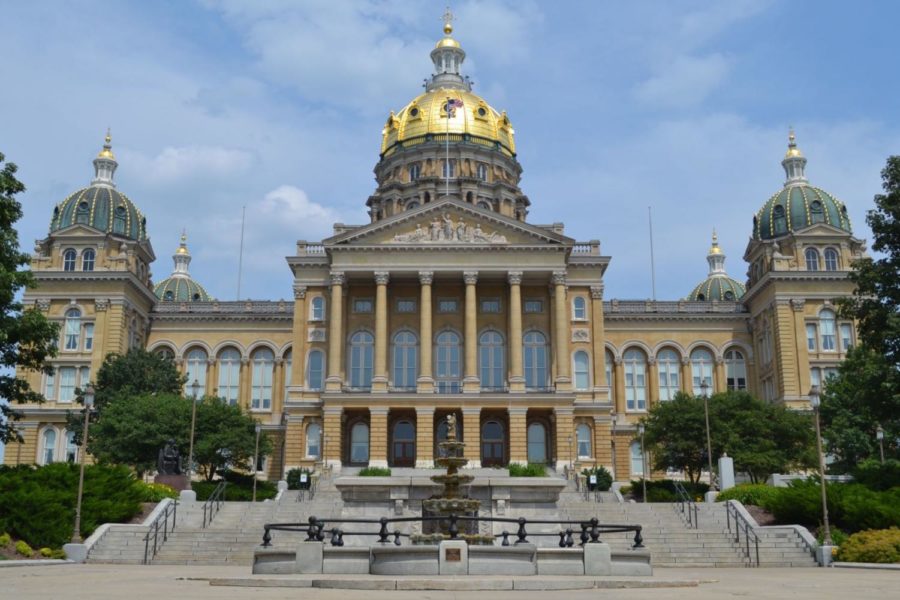Salo: Branstad’s Proposed Budget is a Disaster
State funding cuts leave Iowa universities in a tough spot. They’ll either have to increase tuition or face other consequences.
May 14, 2017
No matter what kind of student you are – in-state, out-of-state, undergraduate or graduate, college is expensive. For Iowa students, it’s about to get even worse.
In December of 2016, the Iowa Board of Regents voted to raise college tuition by 2 percent and are now discussing tacking on an additional 3 percent raise. This additional 3 percent would add about $216 per semester for all in-state undergraduate students in addition to the previous 2 percent.
To put this in perspective, if a college student is working a minimum wage job ($7.25 an hour) in order to pay for their tuition, they would have to work 30 extra hours each semester – before taxes. This may not seem impossible, but many students are already overwhelmed with going to classes, studying, participating in clubs or other extracurricular activities as well as already working to pay for their education.
The proposed increase in tuition is due to the state legislature cutting Branstad’s previously proposed budget by $173 million, with education funding being cut by $58 million from the previously proposed plan. Ben Allen, the interim president of Iowa State, said in an email on Monday that the University’s request for an increased budget was answered with an additional budget decrease of $11.5 million.
Allen explained to the Regents that in order to keep Iowa universities competitive, the schools need more money and if the state isn’t going to give it to them, then tuition will have to increase.
“As a public institution, Iowa State relies primarily on two sources of revenue to support day-to-day operation of the university: tuition/fees and state appropriations,” said Allen. “The 2017 legislative session was one of the most challenging and disappointing sessions for Iowa State in recent history.”
The cut in state funding forces universities to choose from two options, neither of which are ideal.
The first option is to not raise the tuition. What will happen then? There will be entire class sections cut, forcing some class sizes to double or maybe even triple, which would put more strain on the faculty and reduce student access to one-on-one opportunities with faculty. This could potentially force these professors to leave the university for a better opportunity which would ultimately lower Iowa’s economy.
The other option is to raise the tuition. What will happen then? Students will be either forced to work extra hours which could potentially negatively affect their grades, mental health and overall college experience, or they will be forced to take out more loans, growing their college debt even more. This debt could push these students out of Iowa to places with better wages after graduation in order to pay off this debt, which would again lower Iowa’s economy.
Also, not only is this cut increasing tuition, it is also forcing the Leopold Center, which is working to preserve natural resources and increase profit for farmers, to potentially close due to their loss of state funding.
If Iowa’s income is so low that we can’t invest in our colleges, then why would we close down a program that is working to increase this income? This is like not making enough money to pay your rent completely so you just quit your job altogether. It isn’t logical.
Yes, this new budget will save Iowa money now, but it will not help Iowa’s students, citizens or economy in the future – it will only hurt them.

















